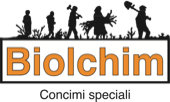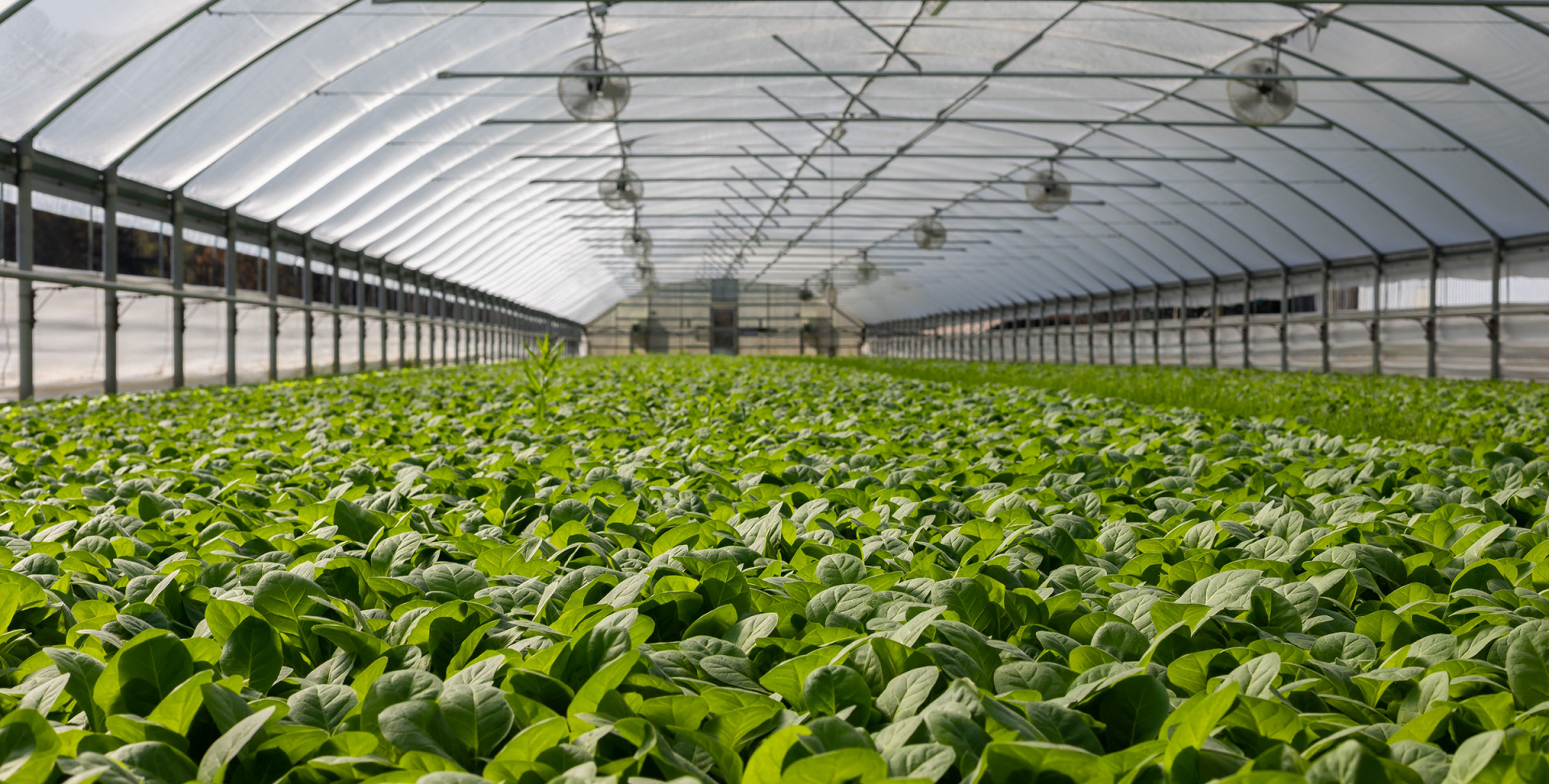Orange: excellence despite drought. Here's how
The nutritional strategy that helped produce high-quality oranges in challenging conditions.
We are in Sicily, in the Belpasso countryside, in the heart of the Catania Plain, one of Italy’s most renowned citrus-growing areas.
Here, in a year marked by citrus scarcity due to water shortage, Pappalardo Farm, specializing in orange cultivation, tackled the challenge with a nutritional strategy signed by BIOLCHIM.
The result? A textbook harvest of more large, juicy, and uniform oranges. Let’s explore together which products were used and how.
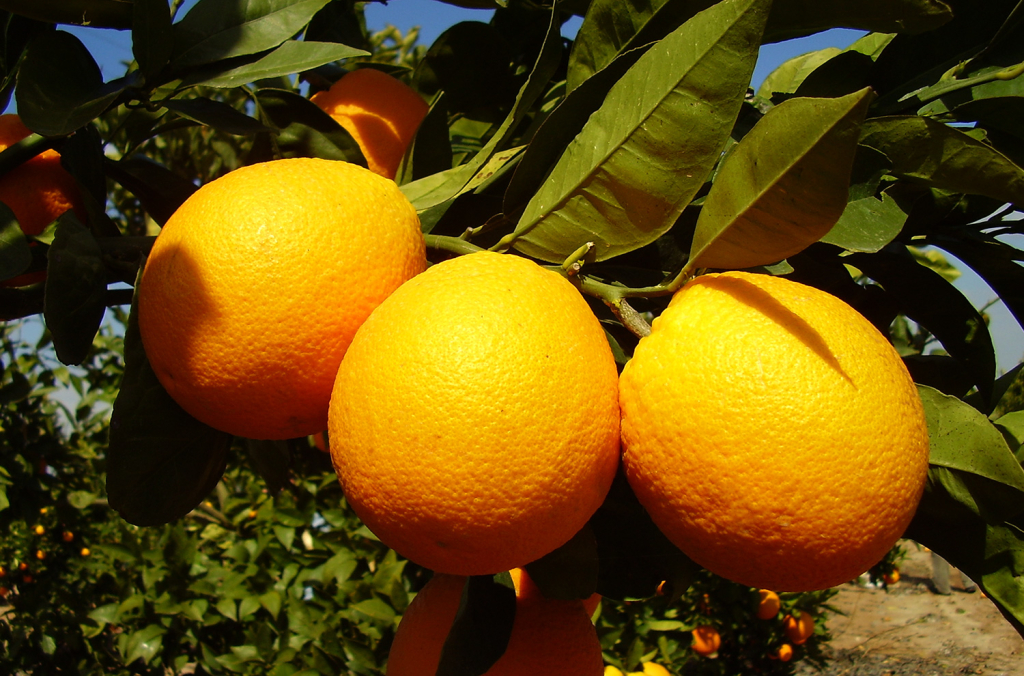
Flowering and fruit set: uniformity and abundance at the foundation of success
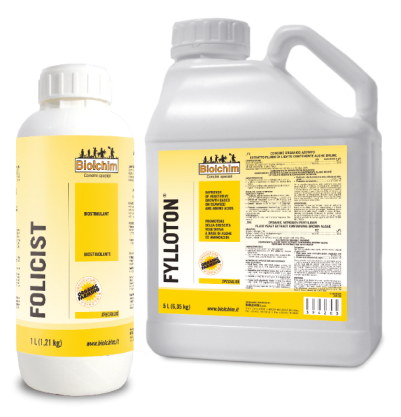
Between late April and early May, the strategy began with the use of FYLLOTON®, a biostimulant for vegetative development based on amino acids and seaweed extracts, combined with FOLICIST®, a biolstimulant, promoting flowering and fruit set, and GREENLEAF® 12.48.8, a water-soluble fertilizer high in phosphorus.
The goal was to stimulate the plant’s metabolic activity at a crucial stage to enhance fruit set and productivity, supporting flowering against environmental stresses. These three products enabled:
- rich and balanced flowering;
- synchronous and abundant fruit set;
- optimal initiation of fruit development.
Fruit growth: promoting volume and juiciness
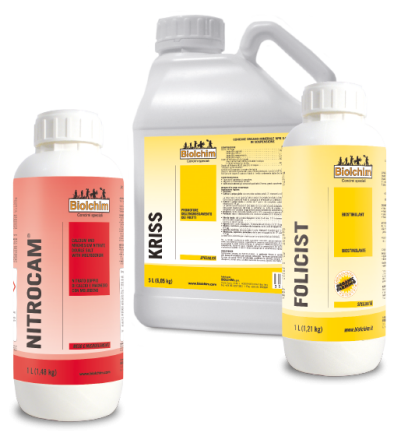
During June, to support the development and organoleptic refinement of fruits, CORASIL™, an auxinic phytoregulator based on Diclorprop-P, was employed.
CORASIL™ is available only in Italy and represents just one of the agronomic options to increase citrus fruit size.
For growers operating in markets outside Italy, Biolchim suggests the application of KRISS® (biopromoter), FOLICIST® (biostimulant), and NITROCAM® (fertilizer).
These three specialties form a complete and effective strategy to promote citrus fruit enlargement, while also optimizing uniformity and final quality. Applied after fruit set, the three products offer:
- high and more regular fruit size;
- juicy pulp;
- enhanced commercial value of the harvest.
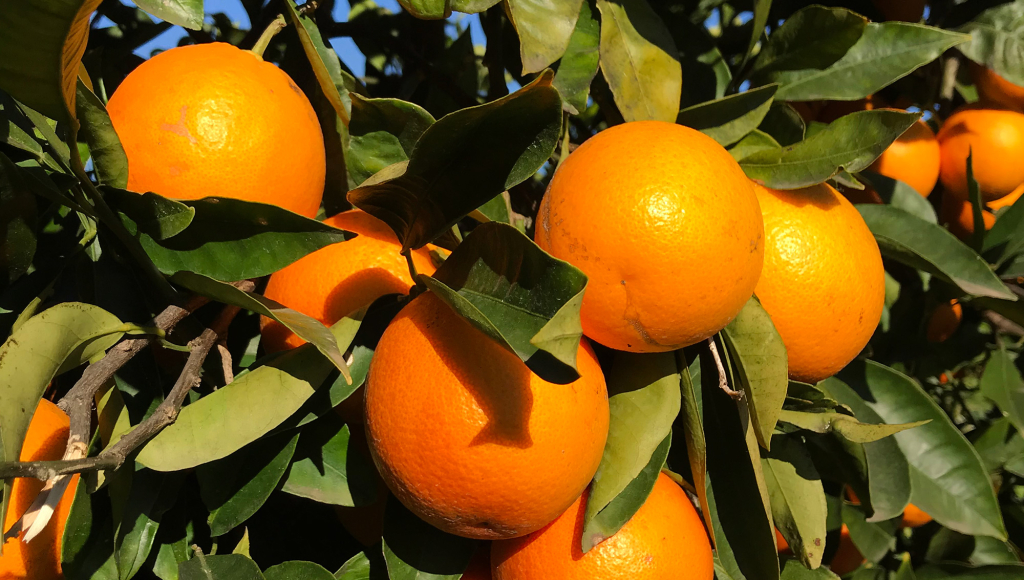
Critical summer: supporting fruits against stress
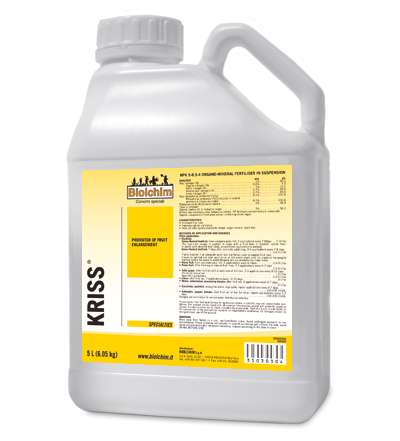
In July and August, with high temperatures and minimal water, supporting plants and fruits physiologically and structurally was crucial.
The strategy involved the combined application of KRISS®, a fruit growth biopromoter based on tryptophan, arginine, and plant extracts, NITROCAM®, a liquid fertilizer with calcium, magnesium, and molybdenum, and BIO-HELP PLUS™, enhancing environmental stress resistance with plant extracts and microelements.

This triple action helped plants maintain active cellular development in fruits, strengthening their structure and combating the effects of extreme heat. The benefits included:
- consistent fruit growth support;
- firm pulp and substantial fruits;
- overcoming stress and maintaining vegetative-productive balance.
Fertigation: timely assistance in the right way
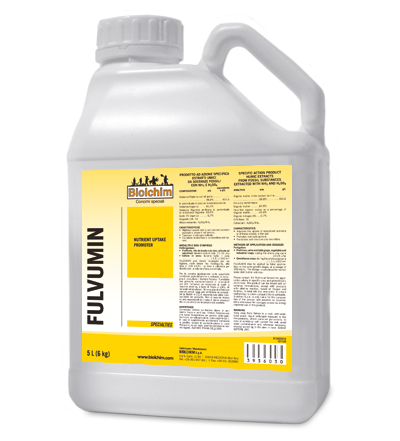
From May to September, fertigation played a pivotal role in the strategy.
Irrigations included FULVUMIN™ or BIO ENERGY® VEG, root development biostimulants, combined with water-soluble fertilizers like KEMICAL® L918 or HYDROFERT® 21.7.14+3 MgO.
This approach kept roots active and vegetative systems efficient, resulting in:
- constant root development and absorption;
- efficient nutrition affecting fruits;
- support against environmental adversities.

Final boost: root biostimulation for better results in size, uniformity, and quality
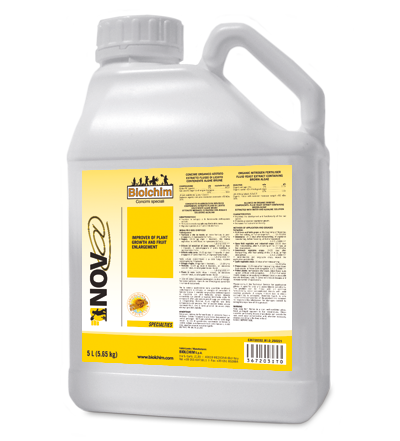
To support fruits in the final stages of growth and meet the quality standards required by retailers in September, root biostimulation was applied again in fertigation.
NOV@®, promoting fruit growth and enlargement based on glycine betaine, polysaccharides, and phytosaponins, and GREEN-GO® 12.8.24+10 CaO, a water-soluble NPK fertilizer with calcium, specific for the enlargement/maturing phase, helped:
- consistent size and uniformity;
- preservation of organoleptic characteristics;
- support for maturation and sugar accumulation.
Conclusions
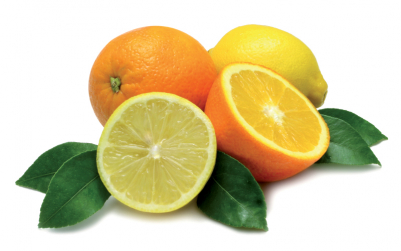
Thanks to BIOLCHIM‘s strategy, Pappalardo Farm achieved homogeneous production, minimizing undersized fruits.
The excellent quality standards facilitated quick on-tree fruit sales, a significant achievement in a year when many others suffered substantial losses.
Moreover, the adopted strategy optimized the use of limited water, achieving the agronomic goals set at the beginning of the campaign despite the grip of torrid and dry weather..
Interested in achieving more results in your citrus orchard?
Contact BIOLCHIM’s technical service for a tailored nutrition strategy for your citrus crops.



